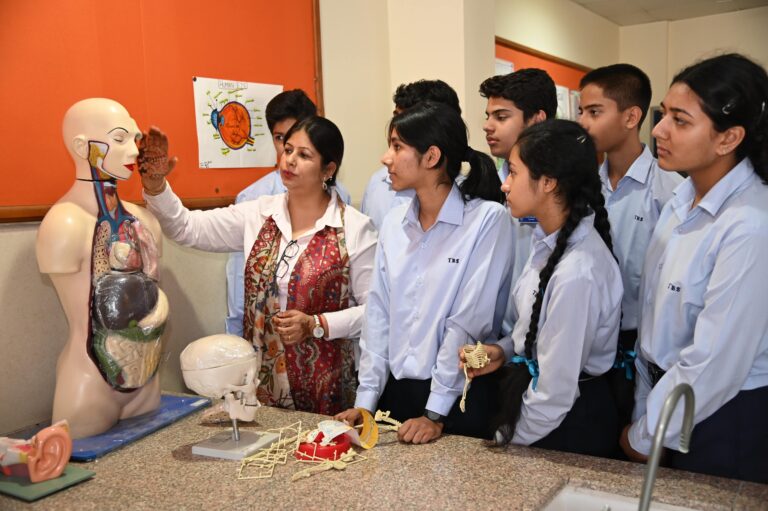Managing a classroom full of energetic, diverse, and curious learners is no easy task. Whether you’re handling a group of 5-year-olds or 10-year-olds, effective classroom management is what sets great teachers apart. A well-managed classroom creates a safe, positive, and productive learning environment where every student can thrive.
Here are practical, proven tips for teachers to manage classrooms and students more effectively—whether you’re new to teaching or experienced and looking to refresh your approach.
1. Set Clear Expectations Early
From the first day, let students know what is expected of them—academically, behaviorally, and socially.
Tips:
- Establish simple class rules with student input.
- Reinforce routines like raising hands, walking in line, or how to ask questions.
- Use visual charts to remind younger children of daily expectations.
2. Create a Predictable Routine
Children thrive in structured environments. A predictable daily schedule gives them a sense of safety and reduces uncertainty or disruptive behavior.
What works:
- Morning greetings and circle time
- Fixed periods for academics, play, and revision
- Transitions that include songs or countdowns to help students shift focus smoothly
3. Use Positive Reinforcement
Positive behavior should always be acknowledged more than negative ones. Recognizing good behavior motivates others to follow.
Examples:
- Verbal praise (“I love how Neha is sitting quietly with her hands folded.”)
- Reward systems (stars, points, or badges)
- Class shoutouts or “student of the week”
4. Learn Each Child’s Strengths
Every child is different. Some are vocal, some are quiet observers, and some need more emotional support.
Tips:
- Use observations and informal assessments to understand learning styles
- Pair students strategically for group activities
- Engage differently-abled or shy students with 1-on-1 interactions
5. Organize Your Physical Space
A cluttered or chaotic classroom can overwhelm students. Organize desks, learning corners, and materials for easy movement and focus.
Ideas:
- Reading corners, activity tables, and ‘quiet zones’
- Labelled shelves for student supplies
- Display of student work to give ownership
6. Be Consistent With Discipline
Children quickly learn when consequences are inconsistent. Be calm, fair, and firm when managing conflicts.
How to handle disruptions:
- Use a 3-step warning system
- Redirect behavior rather than scold
- Speak privately with children rather than embarrass them in front of peers
7. Encourage Student Voice
Students love to feel heard. Giving them space to express themselves helps improve behavior and builds stronger teacher-student relationships.
You can:
- Conduct “class meetings” where students share thoughts
- Let students suggest classroom activities
- Rotate leadership roles (class helper, line leader, clean-up captain)
8. Use Engaging Teaching Methods
If students are engaged, they are less likely to act out. Variety in teaching style keeps their attention.
Mix up your methods with:
- Storytelling and real-life examples
- Group games, quizzes, and role-play
- Art, music, and movement during learning
9. Communicate with Parents Regularly
A strong teacher-parent connection makes classroom management easier. If parents are involved, students are more accountable.
Try this:
- Weekly feedback notes or messages
- PTMs focused on behavior and social development, not just academics
- Share positives, not only concerns
10. Manage Yourself First
A calm teacher = a calm classroom. Your tone, posture, and words greatly influence student behavior.
Stay in control by:
- Taking short mental breaks
- Practicing mindfulness or breathing techniques
- Avoiding reacting emotionally to minor misbehaviors
Final Thoughts
Classroom management is not about controlling children—it’s about guiding them. When rules, respect, routine, and relationships come together, the classroom becomes a joyful space for both teaching and learning. At The Bharat School, we train our educators to manage classrooms with empathy, creativity, and clarity—because we know that a well-managed classroom is the foundation of every child’s success.
